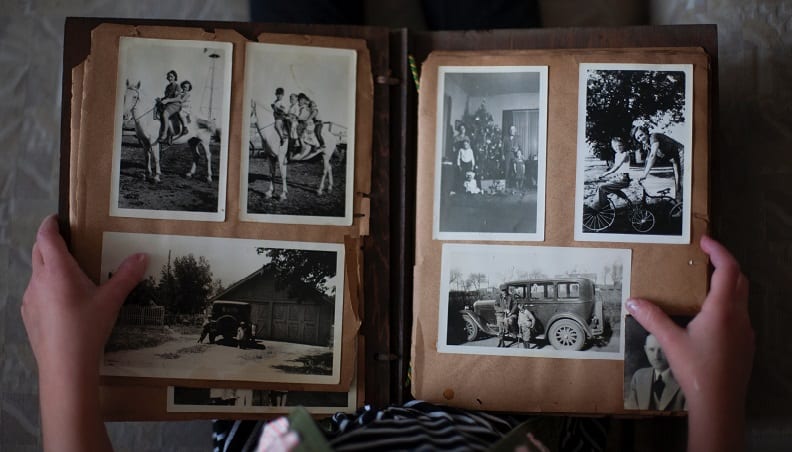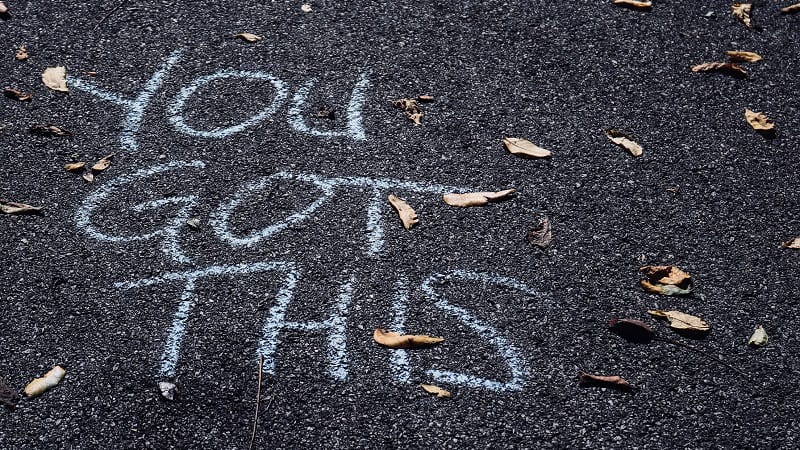Plan Addressing Living Expenses and Wants and Needs Activity High School
One of the biggest challenges in teaching high school students is choosing how to balance teaching practical life skills and academic knowledge. Even the highest-performing students can struggle with basic financial literacy tasks like budgeting and saving. When students don't learn those skills, they face the risk of later making uninformed money decisions that can affect the rest of their lives. High schoolers are more than ready to build the executive functioning, financial habits, and long-term decision-making skills needed to gain financial security. But where do teachers begin?
Finding ways to connect financial literacy with the things that are important to students is key. Retirement might be a long way off for students, but they understand the freedom of a car. Do they understand the financial responsibility that comes with it, though? You can help your students identify what is important to them and how to set financial goals to achieve it using technology, classroom lessons, and group discussion.
Try these 12 fun saving and budgeting activities to teach financial literacy in your high school classroom:
1. Create a buying plan.

Have students make a list of up to 10 items they'd like to buy. These items can range in price, but encourage students to think as big as they'd like. Then, ask students to get in groups to identify the things their chosen items have in common and how those items are different. From this exercise, ask students to explain why they chose these items and to answer some other guiding questions. What personal values do these items represent? How will these items help them achieve their goals? Will those items make them feel happy? Then, have students create a buying plan for a few of the objects that they'd like to buy in the next year. Help them decide, based on whether they have a job, receive an allowance, or have a savings account, how they'll make the purchase and help them tailor each plan to their situation.
2. Walk in someone else's shoes for a week.
Ask students to estimate how much they think an average person spends in one week. Then, gear up for some research! Put students in groups and assign them different circumstances—single, married, children, student loans, car payments, etc. Using data from news articles and sources, have students create and manage a budget with this worksheet. Do they have enough money to cover their obligations and stick to their budget? Students can tally every expense a particular person may have on any given day (including the small ones that are easy to forget). At the end of the week, students can compare their group's expenses with their prediction. This activity teaches empathy and financial smarts!
3. Get acquainted with Murphy's Law.
It's no secret that things could go wrong. Help students understand and prepare for this. In groups, have students discuss unexpected events they've seen their families contend with and share how much money they think it would cost to address those emergencies. Then, help students design a savings "first aid kit ."
4. Get them invested in making their money grow.

Tell students they are going to begin saving in an account with compounding interest. Students pick cards to determine their account's compound interest rate. At first, the idea might seem basic—people with cards that have higher interest rates may earn more over time. But activate your students' critical thinking skills by having them predict the difference between their returns on their savings and their peers'. Run the experiment over the course of one week with each school day acting as 5–10 years. Teach students how to predict and then calculate returns on savings using a compounding calculator, and watch how the interest compounds to grow exponentially over time.
5. Give students a budget reality check.
What kind of lifestyle do your students want? They can explore options and expectations (what kind of income they'll need) with this reality check tool . How does this impact their career plans? What kind of wages will they need? Be ready: Enlightening discussions ahead!
6. Teach grocery shopping and meal prep.
Challenge your students to meal prep on a budget! Either ask families to sign permission slips and send money for a real trip to the grocery store or use an online service to make a hypothetical grocery list. Help students budget for and prepare their own lunches to last one week. At the end of the week, students assess how they used their money: Did they have enough food or too much? Was the food they purchased nutritious? This game helps students understand how financial habits support wellness as well as consider how food access and financial health are linked.
7. Help them understand how needs and wants have changed.

A photo slideshow can show how humankind's lifestyles have changed over time. For example, in the past, a smartphone was not considered a need. Have students predict what the needs of the future will be, then show them artifacts from history and contemporary times to sort into needs or wants piles. Reflecting on needs versus wants is an important way to sharpen students' executive functioning and help them build the power of metacognition—considering their thoughts, habits, and choices.
8. Show them that saving should be a priority.
It is important for students to practice paying themselves first. For this activity, randomly assign each student an imaginary savings account and an amount of money that they'll put into their account from every "paycheck." Have them research and compare their circumstances. Then, teach them to calculate how much money they put away every year. Let every school day represent one year and after six weeks graph savings accounts as a class to see how much everyone earned by paying themselves first. Then, teach students how to calculate their total savings into monthly amounts and compare their monthly savings budget with their monthly budget.
9. Make budgeting concepts fun with interactive games.
This Bouncing Ball Budgets game is designed for students to think about past spending decisions, and how to think about spending habits in new ways. Tossing the ball from one to the other and answering money habit questions, they'll be actively listening, engaged in teamwork, and thinking critically—all while having fun!
10. Engage students with the game of chance.
The National Standards for Financial Literacy suggest that all teens should weigh the cost of education and the income they want from their careers. Have students envision their future life and write down: 1) a profession that they are interested in (including stay-at-home parent); 2) the number of kids they think they want; and 3) where they want to live. Then, have students create a financial-future map, including a plan for their education and a household budget based on their future salaries. Make it fun by using photos, magazines, and art materials to create vision boards along with their money maps!
11. Introduce the idea of risk.
Like the tortoise and the hare, there are different approaches to long-term saving. Randomly assign students either high-risk or low-risk investing strategies. Next, have them work in teams to calculate the savings over five, 10, 20, 30, and 40 years. Finally, have them reflect on which strategy would be most appropriate based on their goals and for stage of life.
12. Build the power of positive belief.

Inspiration goes a long way: read articles to students, show them YouTube videos, and bring in speakers who have either turned their financial health around or earned wealth with good habits to speak to your class. Ask the question, "What would you do with one million dollars?" and then give them time to reflect, journal, or create and share a vision board. Hold one-on-one or smaller group sessions with students to help them devise individualized plans.
With a little empathy, time, and positive thinking, you can teach your students how to build budgeting and savings habits that work for them.
Financial literacy and good habits are critical to young people's path to adult financial well-being. See how the CFPB can help you teach K–12 financial education in your classroom!
Plan Addressing Living Expenses and Wants and Needs Activity High School
Source: https://www.weareteachers.com/saving-budgeting-activities/
0 Response to "Plan Addressing Living Expenses and Wants and Needs Activity High School"
Post a Comment